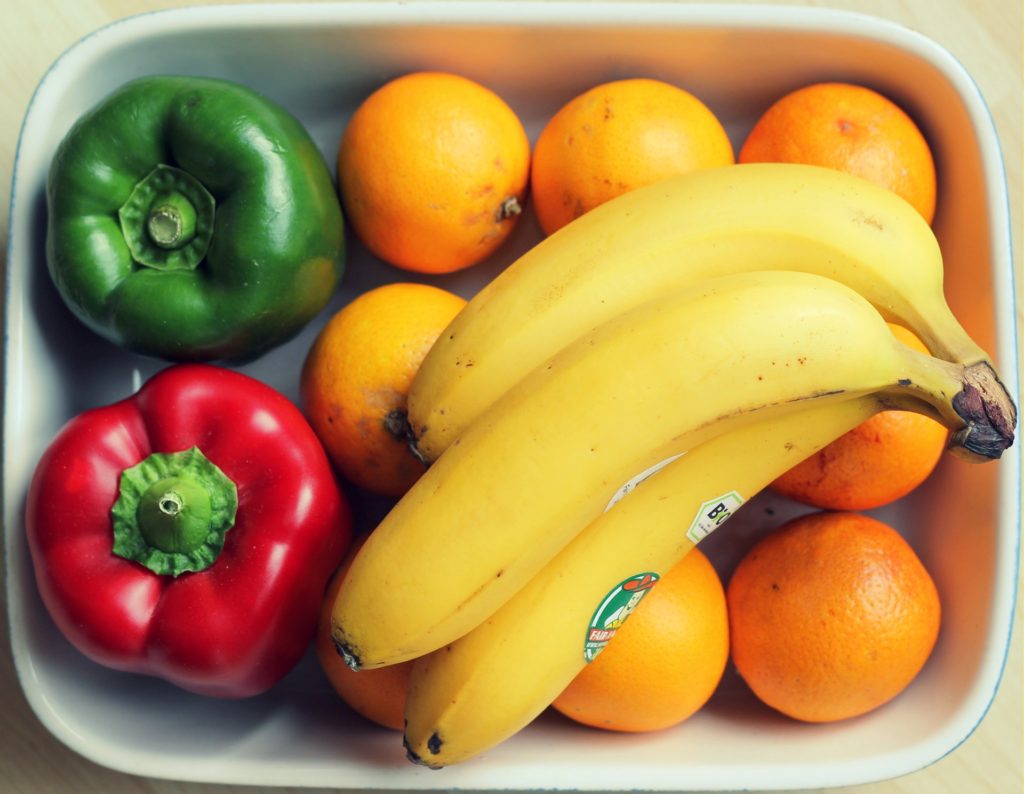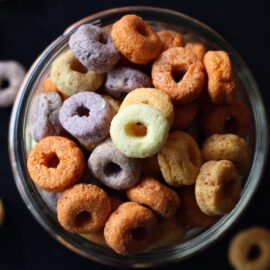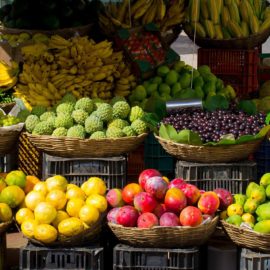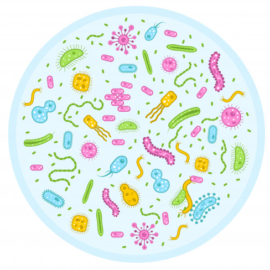
Fruits and vegetables are rich in nutrients. They contain vitamins, minerals, and plant chemicals that our bodies need to stay healthy. And a lot of these nutrients are not found in animal food. A good example of an essential nutrient is vitamin C. This vitamin is not sourced from animal food in significant amounts. And our bodies cannot synthesize vitamin C either. So a meat-based diet will not be sufficient. In order to consume an adequate amount of vitamin C, one must get it from fruits or vegetables, or otherwise from supplements.
But when it comes to the actual amount of nutrients, produce are at their peak just right after harvest. Detached from the mother plant, their nutrients gradually break down. According to Food and Agriculture Organization of the United (FAO), post-harvest losses of vitamin C in green vegetables can be high after a few days of storage. In fact, a 2007 study revealed that vegetables generally lose 15-77% of vitamin C a week after harvest. The rate of loss varies depending on the produce. One study found that mature spinach could lose up to 80% of vitamin C after 3 days. Nutrient loss accelerates if they are mishandled or exposed to elements such as heat and light during storage. But a lot of factors come into play, really.
Here’s how exactly fruits and vegetables lose nutrients over time.
Keep reading.
You might also like: Ethylene And Ripening In Fruits And Vegetables
HARVESTING AND RESPIRATION
The first thing that affects the freshness of fruits and vegetables is the manner they are harvested. Harvesting by machine increases the risk of damaging the produce. Many root vegetables are hardy, and they are usually harvested this way. Carrots, parsnips, and potatoes are usually harvested by machine.
Delicate vegetables such as tomatoes and salad leaves are easily damaged, which speeds up the nutrient loss. Harvesting by hand helps minimize the damage and increase the shelf life of produce. Since delicate vegetables are vulnerable to bruises and cuts, it is ideal to harvest them before fully ripe. Damage causes cells to break open, exposing the nutrients.
Ideally, fruits and vegetables must be harvested once they have reached their peak ripeness or desirability. At this stage, they are full of flavor and nutrients. They do not die after harvest though. This is very evident in onions, potatoes, and other root vegetables which sprout. They continue to respire, and take in oxygen for days, weeks or even longer. Some produce can stay notably fresh for longer periods. For example, potatoes can stay fresh in a cool, dark place for 3 months.
The main factor that dictates the rate of nutrient loss is the finite nutrients in store. After harvest, produce cannot replace organic materials such as carbohydrates and proteins. Fruits and vegetables use them up during respiration. During this process, the produce lose moisture and heat. This in return leaves us fewer nutrients once we consume it. The loss is much quicker in fruits and vegetables with higher respiration rates. Furthermore, the longer the produce respires, the more nutrients are lost. Sweet corn, mushrooms, asparagus, and peas have extremely high respiration rates. Aging follows once the nutrient reserves have been exhausted.
HEAT, OXYGEN, AND LIGHT
During processing, cooking, and storage, it is inevitable to expose the produce to many elements. Heat, oxygen, and light particularly accelerate the loss of nutrients. Many vitamins are sensitive to these elements. This is why cooking fruits and vegetables lose nutrients during cooking. More is lost when they are cooked in water. This is especially the case for water-soluble vitamins and minerals. Many vegetables could lose half of their vitamin C after boiling. Studies have shown that vitamin C and B vitamins are most sensitive. Fat-soluble vitamins D, E and K , fiber and minerals are less fragile and largely not affected by cooking.
You might also like: Are There Fruits That Continue To Ripen After Harvest?
Not known to many, exposure to oxygen does affect the nutrients in fruits and vegetables. When cutting fruit or vegetable, the inside gets exposed to air. The apparent effect here is discoloration in fruits like apples and bananas. However, the presence of oxygen also affects many vitamins. Vitamins are antioxidants—they react to oxygen. And the longer a fruit or vegetable is exposed, the less vitamins it will have. Vitamin C is most the sensitive to oxidation.
Light also affects the nutrients in fruits and vegetables. B vitamins are especially sensitive to heat and light. However, the adverse effect is not always the case. A study by the U.S. Department of Agriculture (USDA) found out that spinach leaves exposed to continuous light were more nutrient-dense than those exposed to continuous dark. The light increased the amount of carotenoids and vitamins C, E, K and B9 (folate).
WAYS OF PREVENTING NUTRIENT LOSS IN FRUITS AND VEGETABLES
One of the most common ways of preserving nutrients of fruits and vegetables is storing in a low temperature environment. Most delicate vegetables should be chilled. The low temperature slows down physical and chemical reactions in the cells, thus protecting the nutrients. Storing broccoli at 32ºF (0ºC) for 7 days retains most of its vitamin C. If stored at 68ºF (20ºC), broccoli can only retain up to 44% of vitamin C. Transport vehicles have refrigerated facilities to provide a temperature-controlled environment. This keeps the produce as fresh as possible. In atmospherically-controlled facilities, fruits like pears and apples can remain fresh for up to 1 year.
However, the flavor of some hard vegetables such as potatoes, squash, onions can be affected by the chill air in the fridge. They will do fine in a cool, dark, ventilated area such as a cabinet or a kitchen pantry.
You might also like: Are Fresh Foods Superior To Canned And Frozen?
Many people believe that fresh is better than frozen. It is true if the produce is for immediate consumption. Food grown and those purchased locally is superior in nutrition. However, if the produce takes time to reach the destination, it is better frozen than fresh. Vegetables that are frozen right after harvest tend to preserve more nutrients than their fresh counterparts. This is very helpful for produce that take several days before it reaches the store.
To fight nutrient loss against oxidation, one common way is storing fruits and vegetables in air-tight containers. This prevents the produce from being exposed to oxygen. When cutting fruits, cut them in large pieces. The less surface area that there is, the more nutrient that is retained.


